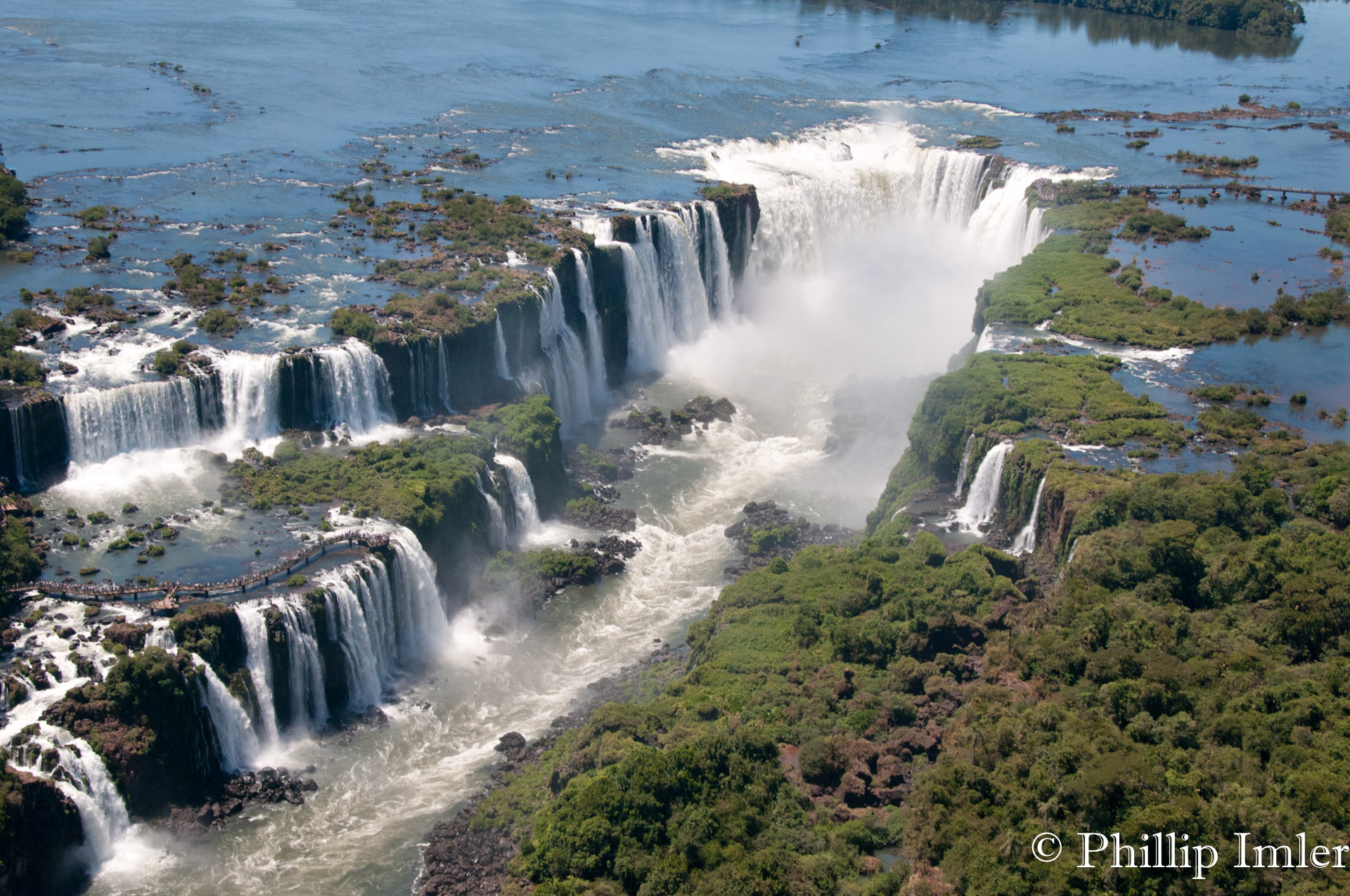7 Wonders of Brazil
Brazil is officially referred to as the Federative Republic of Brazil. It is the largest country in Latin and South America and the world’s fifth largest country by area. The country measures 3.2 million square miles (8.5 million sq. km).The Amazon River and Amazon Forest combine to create a varied ecological system with diverse wildlife making Brazil one of the 17 megadiverse countries with a call for multiple protected habitats. Brazil features a coastline that stretches 4,655 miles (7,491 km).
Brazil is home to one of the 7 Natural Wonders of the World, one of the 7 Natural Wonders of South America, and three of the 7 Wonders of South America. So, what are the 7 Wonders of Brazil? Here is a look at the magnificent attractions that call Brazil home.
What are the 7 Wonders of Brazil?
Amazon
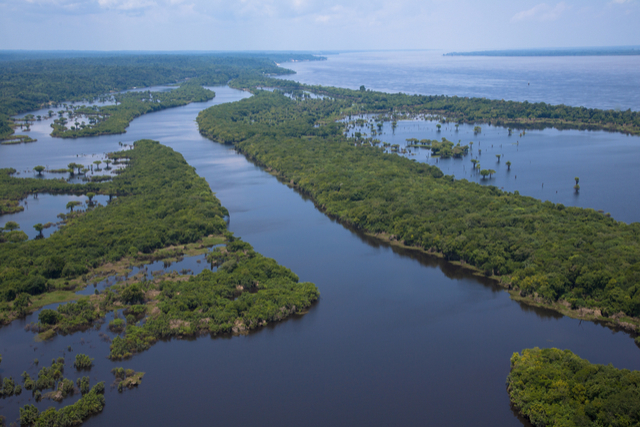
The Amazon refers to both the Amazon River and the Amazon Rainforest. Although shared with several countries the largest part of majority of the river and forest occurs in Brazil. Largest, longest, and most biologically diverse are easy titles given to the collective dual wonder.
The Amazon River is the largest river in the world based on volume of water and debated as the longest or second longest river with the Nile. The river discharges an average of 7,400,000 cubic feet per second (209,000 cubic m/s) which is about 1,581 cubic miles/annually (6,591 cubic km/a), which is greater than the next 7 largest rivers combined. The Amazon River represents 20% of the earth’s annual discharge into the oceans.
The Amazon basin is the largest drainage basin in the world with approximately 2,720,000 square miles (7,050,000 sq. km) of area with well over the majority of that covered by rainforest. Brazil accounts for 60% of the rainforest. Combined with the other nations, the Amazon Rainforest accounts for over half of the world’s rainforest and is the largest and most biodiverse in the world.
The Amazon River and Amazon Rainforest are a collective team and collective natural wonder of Brazil and officially one of the 7 Natural Wonders of South America.
Basilica of the National Shrine of our Lady of Aparecida
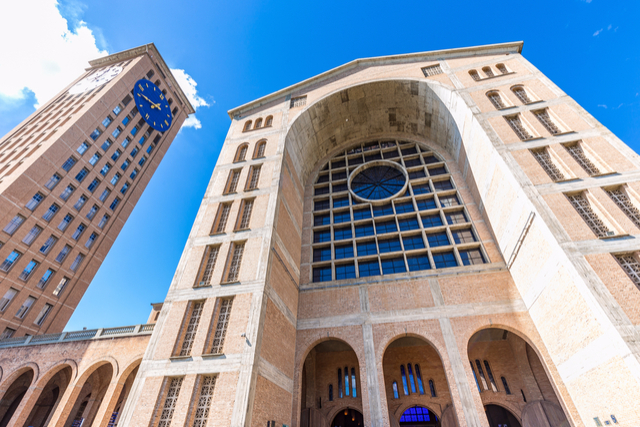
The Basilica of the National Shrine of our Lady of Aparecida is a Roman Rite Catholic cathedral located in Aparecida Brazil. It is the largest church in South America and the second largest church in the world.
The Basilica of the National Shrine of our Lady of Aparecida will house between 45,000 and 70,000 worshippers. It measures a length of 568 feet (173 m), a width of 551 feet (168 m), and a height of 330 feet (100 m). The dome reaches a height of 230 feet (70 m).
The complex includes a medical facility, a shopping mall, and several restaurants. Pope John Paul II consecrated it under name Our Lady of Aprecida. The Basilica of the National Shrine of our Lady of Aparecida is one of the 7 Wonders of South America
Christ the Redeemer
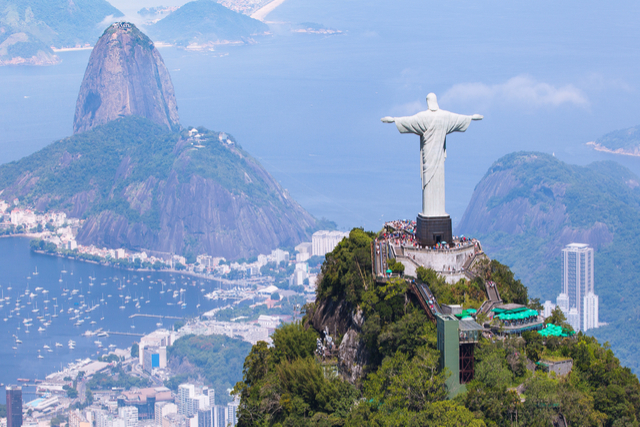
Christ the Redeemer is a statue of Art Deco design that serves as a representation of Jesus Christ. It is located in Rio de Janeiro and sits atop Corcovado mountain overlooking the city of Rio. It serves as a international symbol of Christianity and is one of the most globally recognized statues in the world.
Corcovado reaches a summit of 2,300 feet (700 m). The Christ the Redeemer statue weighs 700 short tons (635 metric tons). It is comprised of soapstone and reinforced concrete. It reaches a height of 98 feet (30 m) with the pedestal extending it to 125 feet (38 m).
The arms of the statue stretch a width of 92 feet (28 m). The Christ the Redeemer statue has been replicated in various sizes and shapes in several places around the world. It has the distinction of being one of the 7 Wonders of South America.
Bay of All Saints

The Bay of All Saints, also known as the All Saints’ Bay or Todos os Santos Bay, is located on the eastern coast of Brazil near the city of Salvador. The bay covers 472 square miles (1,223 sq. km) creating the largest bay in Brazil and the largest bay in South America.
An historic fort and famous lighthouse known as Farol da Barra, meaning Barra Lighthouse is located at the mouth of the bay welcoming travelers into the country. The average depth is only 32 feet (9.8 m) making it a rather shallow bay.
All Saints Bay features 91 different islands with the largest called Itaparica Island that is located near the entrance of the bay.
Iguazu Falls
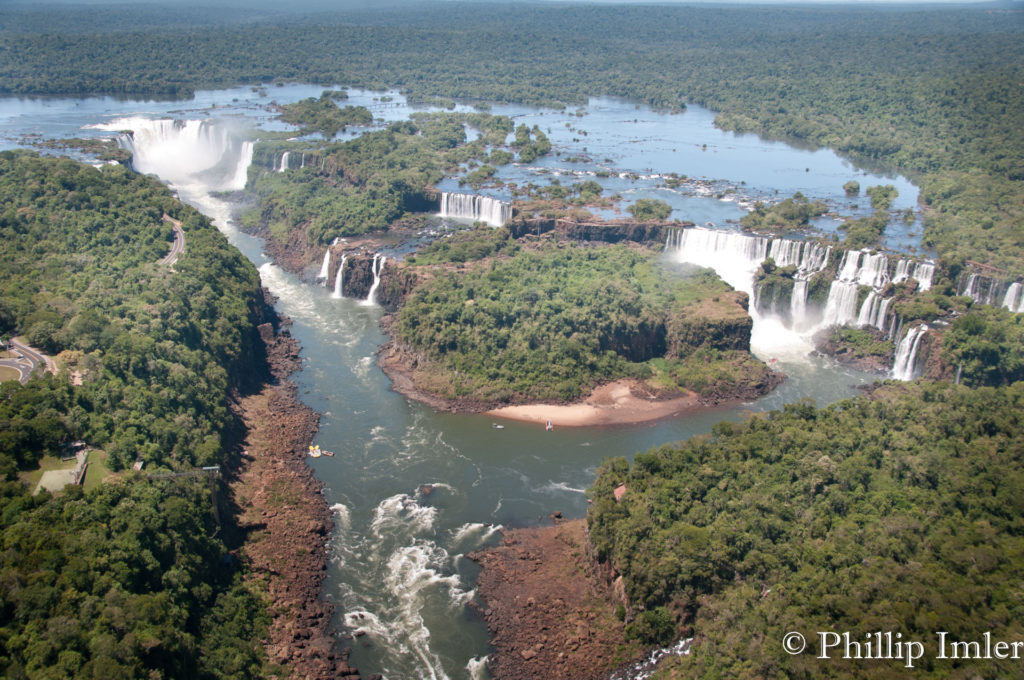
Iguazu Falls is known locally as Iguacu Falls. It is a waterfall located on the border between Brazil and Argentina. Internationally, the falls is known as Iguassu Falls. The Iguazu River is the source of the falls. The Brazilian side provides the most comprehensive view of the falls although most of the actual falls are located on the Argentina side.
Iguazu Falls features 275 separate or distinctly different drops. The highest point and largest drop is 269 feet (82 m) with the height varying from 197 to 269 feet (60 to 82 m). The waterfall system expands across 1.7 miles (2.7 km) and is recognized as the largest collection of falls for a single falls system.
Iguazu Falls has the distinction of being one of the 7 Natural Wonders of South America. It has an average flow rate of 62,010 cubic feet per second (1,756 m3/s). It is a fair argument that Iguazu Falls could or should have been recognized ahead of Victoria Falls. Similarly, it is fair to claim that Iguazu Falls is the most beautiful waterfall system in the world. Visitors should plan to cross over from Brazil to Argentina during the full moon to take the train out to the highest point and witness one of the spectacular moonbows that occurs during the evening from the light of the full moon.
Itaipu Dam
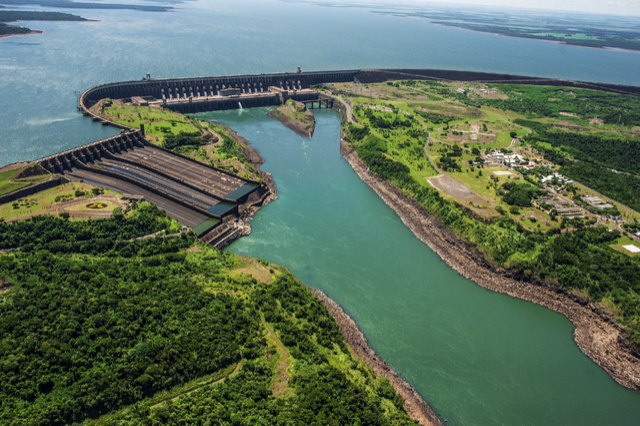
The Itaipu Dam is a hydroelectric dam found on the border between Brazil and Paraguay. The dam is situated on the Parana River. The name is drawn from a small island near where the dam was built.
The Itaipu dam set a world record in 2016 creating 103,098,366 megawatt hours of power surpassing the famous Three Gorges Dam. The dam measures 23,737 feet (7,235 m) across with an elevation of 643 feet (196 m). It has flow that is approximately 40 times greater than neighboring Iguazu Falls. The electricity created by Itaipu Dam is 55% cheaper than power created by other power plants.
The Itaipu Dam was declared by the American Society of Civil Engineers as one of the 7 Modern Wonders of the World, and it is also recognized as one of the 7 Wonders of South America.
